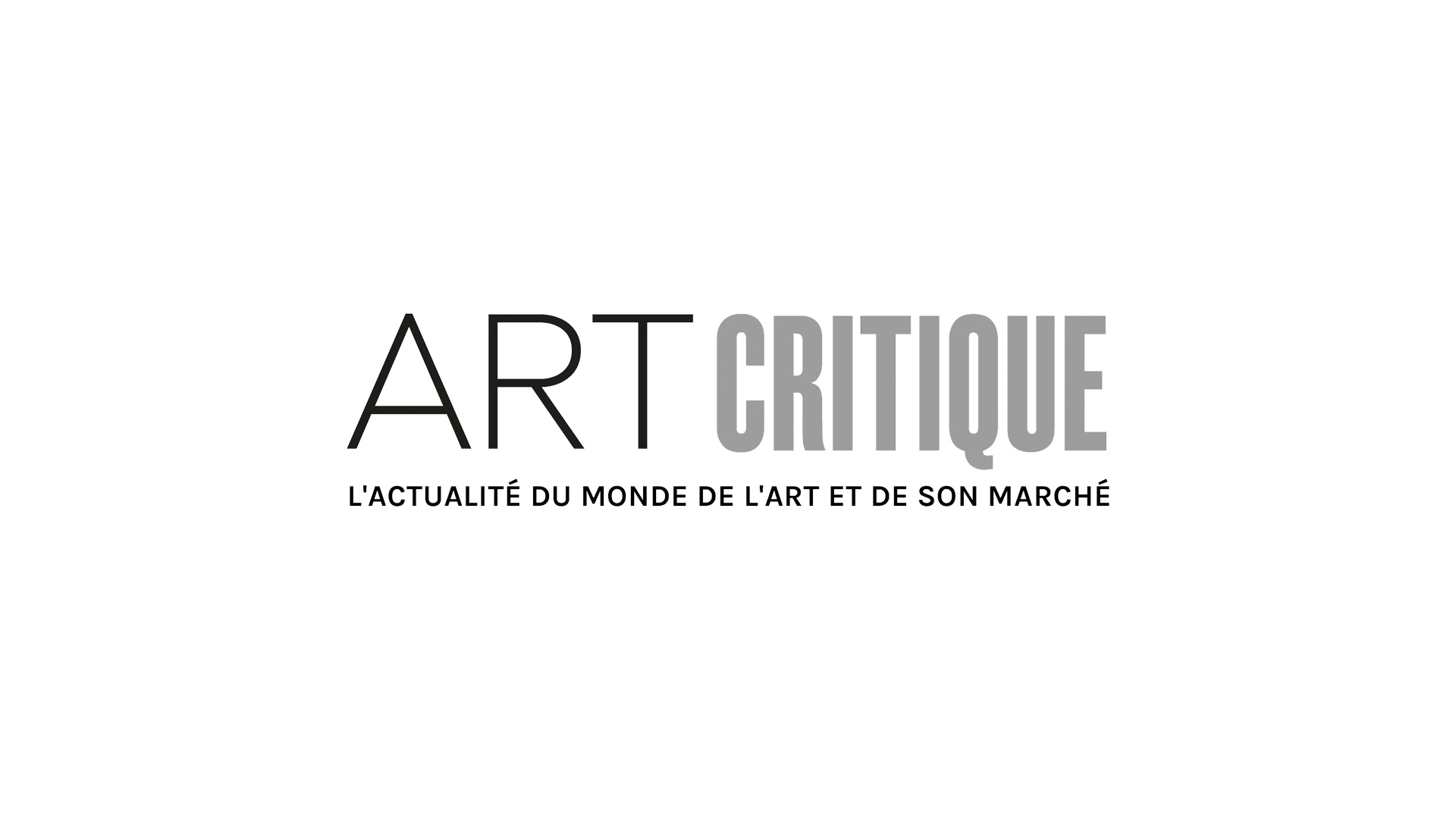On Friday, April 12, Cuba celebrates the first day of its 13th Havana Biennial. Exhibitions and activations will continue until May 12, despite government efforts to limit local artists’ creative freedom and deny entry to other artists visiting the festival. Three days before the start of the biennial, Cuban-American artist and activist Coco Fusco, was detained at Jose Marti Airport and refused entry. Officials labeled her as “inadmissible.” Although airport security did not explain her denial of entry, Fusco believes it was due to her written activism and support for Cuban artists facing the 349 decree.
The law, proposed by the recently instated President Miguel Díaz-Canel, allows the Cuban Republic control over independent artistic production in the private sector and requires that they secure the Ministry of Culture’s permission to host artistic events or sell work. Artists are also obliged to adhere to a set of guidelines that ensure their message consistent with their society. Before the arrival of the participants in the international Biennial, Cuban artists, and activists affected by the government’s proposed law sent invitations to Biennial attendees for acts of solidarity – whether that be wearing a “NO A DECRETO 349” t-shirt or voicing their aversion to restricting creative expression.
The first Havana Biennial took place in 1984. It likely began as a way to highlight the merit of Cuban artists and, in turn, Cuban culture. This year’s rendition is unique in that other exhibitions and activations are planned outside of the capital. Participants can visit over 30 shows and activations in and around Havana. While participants can experience the works of brilliant artists, they will also experience a curated series of exhibitions that are government-approved: satellite shows or studio salons that often happen during other international biennials could be deemed rogue or illegal.
Havana’s 13th Biennial should have taken place in April of 2018, but was canceled due to the aftermath of Hurricane Irma. The postponement did not stop local artists from protesting the government’s decision or from hosting their own alternative Biennial. The artist-run exhibition space, #00Bienal, opened in Havana on May 5, 2018; however, authorities attacked them soon after. Police threatened participants and denied by cultural figures intending to visit the alternative festival entry into Cuba. The government detained several local artists, including Tania Bruguera.
Bruguera, a prominent figure in the art world, has been arrested and sent to prison many times for practicing her art and her will to protest. Most recently, the Cuban government arrested Bruguera four times in one week for opposing the 349 law. A law that Amnesty International identifies as an encroachment on human rights, “Prohibiting artistic expression based on concepts such as “obscene,” “vulgar,” or “harmful to ethical and cultural values” does not meet the tests of legitimate purpose, necessity, and proportionality required under international human rights law.”
While held at Jose Marti airport on April 10, 2019, activist Coco Fosco wrote an open letter explaining her situation. She also points out the irony of the Biennial’s international intentions. “It strikes me as a tragic that a government would harass its artists and to silence critical debate about its culture in order to impress visitors by creating the false impression that the only art in Cuba is what the state wants to show. The state is counting on favorable coverage from visitors who know little and who will stay on the tour buses and remain inside their art corrals. It also counts on the complicity of artists who remain silent in order to be promoted by the state.”
The Havana Biennial is different from other international art biennials in that it operates under constant governmental scrutiny. Many people have accused the Cuban government of micromanaging what visitors can see and not see during their visits. Now they hope to control the expression and creative output of their artists, who require to be recognized by the government to support their livelihoods. Havana Biennial participants can look forward to enjoying the captivation work or artists like Bruguera, but should also expect a climate ripe with political tension.
Photo: Centro de Arte Contemporáneo Wifredo Lam, Havana, Cuba





